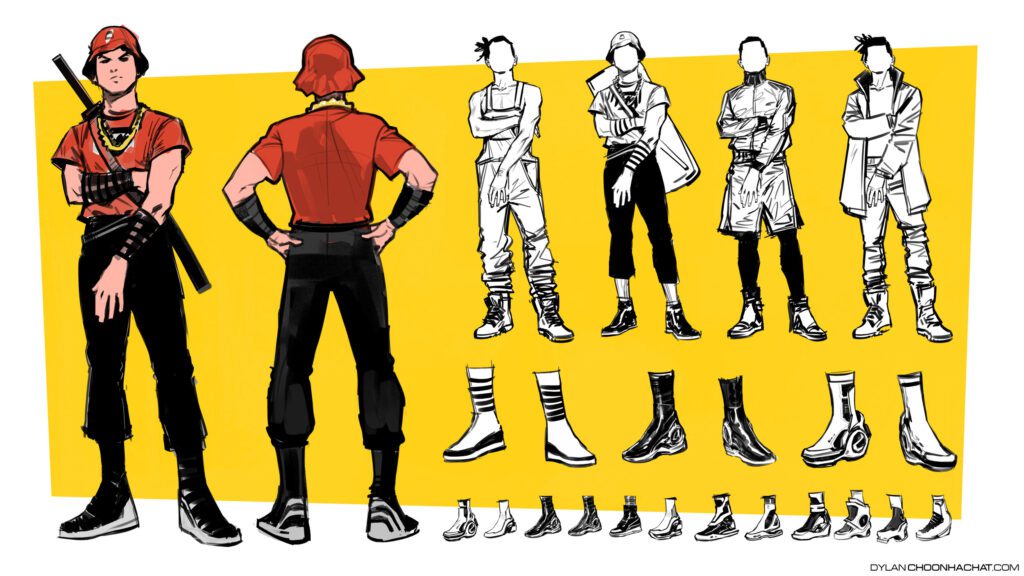Character design is crucial in game development, as it brings the game world to life and draws players into the experience. The process begins with conceptualization, followed by sketching and drawing, 3D modeling, animation, and finally rendering. Collaboration is key, as different members of the development team contribute their expertise to create well-rounded characters that fit into the game’s genre, setting, and storyline. The end-result is engaging and memorable characters that players will love and remember for years to come.
From Sketch to Screen: The Art of Character Design in Game Development
Character design is a crucial element of game development, responsible for bringing the game world to life and drawing players into the experience. Whether it’s a memorable protagonist, a terrifying villain, or a lovable sidekick, it’s character design that makes them feel real and engaging to players. This article will explore the process of character design in game development, from initial sketches to final screen renderings.
Step 1: Conceptualization
The first step in the character design process is conceptualization. This involves brainstorming ideas for a character, considering the game’s genre, setting, and storyline. Designers begin by creating a brief for each character, outlining their personality, physical appearance, and other relevant details. They then create rough concept sketches to illustrate these ideas.
Conceptualization is a collaborative process, involving input from various members of the game development team. Writers provide background information, game designers share their vision for the gameplay, and artists contribute their expertise in creating compelling visual designs.
Step 2: Sketches and Drawings
The next step is to develop the character further. This involves creating sketches and drawings that refine and flesh out the original concept. These early drawings focus on exploring different poses, expressions, and clothing options for the character. Designers typically create several iterations of each design before moving on to the next stage.
During this phase, designers also begin to consider the character’s backstory and motivations. This helps them to develop a more well-rounded character that feels realistic and relatable to players.
Step 3: 3D Modeling
Once the character has been finalized in 2D sketches and drawings, it’s time to move on to 3D modeling. This process involves creating a three-dimensional digital model of the character that can be animated and rendered in real-time in the game engine.
To create the 3D model, game artists first create a wireframe mesh of the character. They then add textures, materials, and lighting to give the model color, depth, and illumination. This process can take several weeks or months, depending on the complexity of the character’s design.
Step 4: Animation
Once the character has been modeled in 3D, it’s time to animate them. This involves adding movement and expression to the character, making them come alive on-screen. Animators use a combination of motion-capture technology and hand-drawn animation techniques to create fluid and realistic movements.
Animation is an essential part of character design, as it brings the character to life and makes them feel like a real part of the game world. It’s also one of the most challenging and time-consuming aspects of game development, requiring a high level of skill and attention to detail.
Step 5: Rendering
The final stage in the character design process is rendering. This involves applying lighting and special effects to the 3D model to create a final image or video that can be used in marketing materials, trailers, or in-game cutscenes.
Rendering is an important part of character design, as it allows designers to showcase the character in the best possible light. It’s also an opportunity to refine the design further, making small tweaks to the model or texture to improve its appearance.
Conclusion
Character design is an essential part of game development, responsible for bringing the game world to life and engaging players in the experience. From conceptualization and sketching to 3D modeling and animation, the character design process is a fascinating and challenging journey that requires a high level of skill and collaboration. By following these steps, game designers can create memorable and engaging characters that players will love and remember for years to come.
